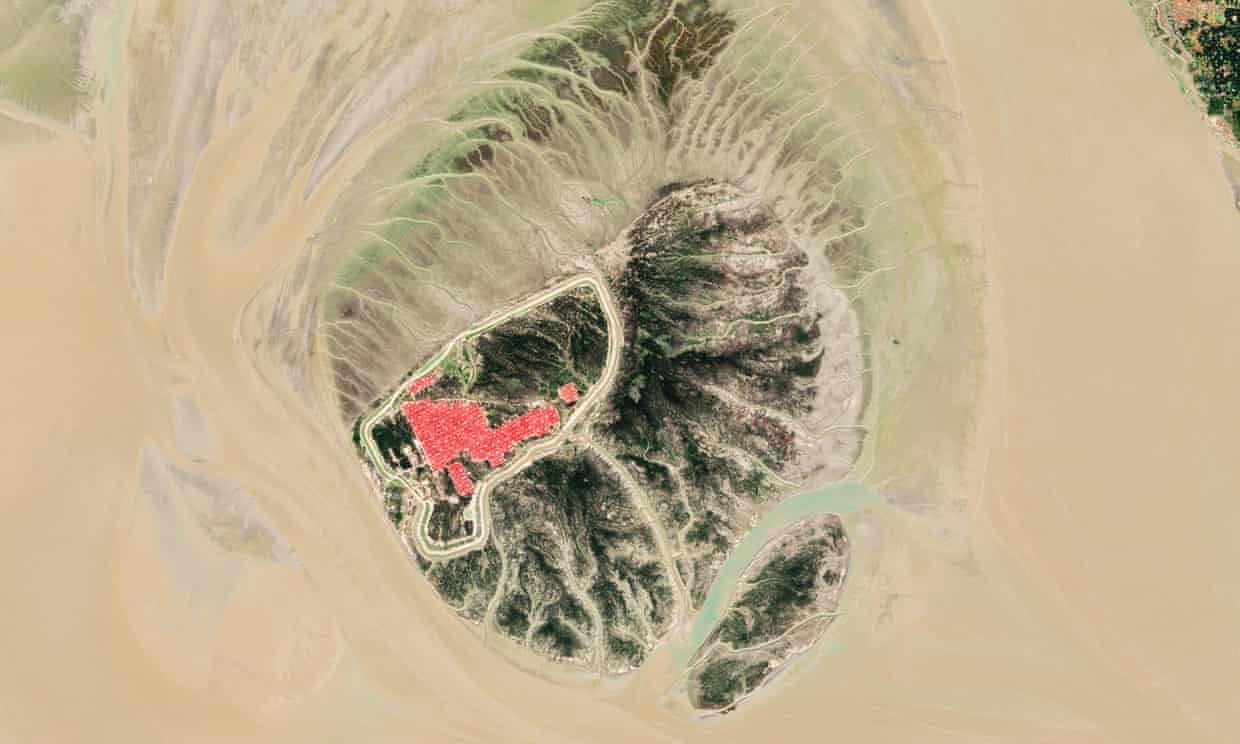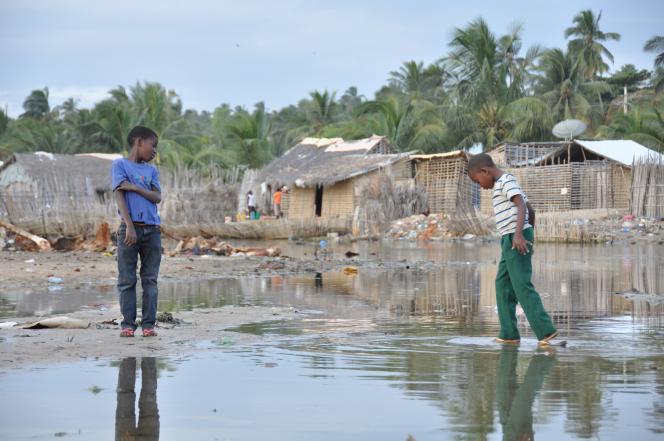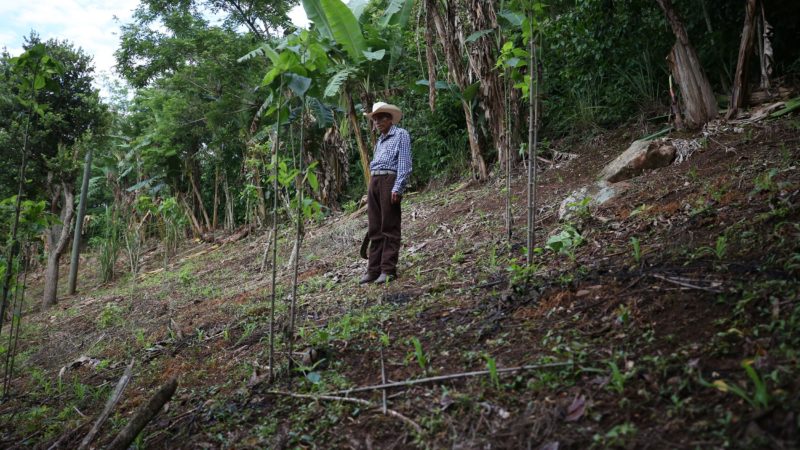Foreign affairs minister defends controversial proposal as ‘only solution’ despite misgivings of human rights campaigners
Sarah Marsh

The first Rohingya refugees could be relocated to an island in the next few months under controversial plans drawn up by the Bangladesh government, the country’s state minister of foreign affairs has said.
Some of the nearly 1 million Rohingya refugees who fled a military crackdown in Myanmar and are now living in camps in Cox’s Bazar will be relocated to the silt island of Bhasan Char in the estuary of Bangladesh’s Meghna river, accessible only by boat.
The proposal has concerned human rights groups and NGOs who are particularly worried about Bhasan Char’s isolation – the island is prone to severe flooding and cyclones and is more than a three hour boat ride from the mainland. Rohingya people living in the camps have repeatedly said they will not go out of fears for their safety.

But speaking to the Guardian, minister of foreign affairs Shahriar Alam said the plan would go ahead, with the first refugees expected to arrive there within two to three months.
“The plan is to give the refugees a better shelter,” Alam said.
Despite Bangladesh’s vulnerability to cyclones and rising sea levels, the facilities created on the island – including a cyclone shelter – would help protect refugees, said Alam.

“There is a cyclone shelter, and a pond so they can fish,” said the minister. “The only employment option for the Rohingya is fishing.”
Pointing to a picture of one of the houses constructed on the island, Alam said: “One journalist asked me why this looks like a jail, but all houses in Bangladesh come with a grid for safety, this is a regular pattern here.
“The prime minister, by sheltering the Rohingya, has created a very high moral ground and we would not do anything silly to dent that.”
Alam said that, if the first group of refugees were successfully settled, the approach could be replicated across the island, with more people relocated.
“I hope in the next two to three months we can start moving people,” he said.
Asked what would happen if people didn’t want to go, Alam replied: “We cannot force them to move, of course.”
Bhasan Char, 30km from the mainland, only emerged from the river over the past two decades. Concerns have been raised over how much free movement those on the island would have.
Over the past year, multiple NGOs have emphasised the difficulty and high risks involved in evacuating hundreds of thousands from the island in the event of natural disaster.
Journalists have not yet visited Bhasan Char. Alam said they had to bring over UN bodies first, such as the International Organization for Migration.
“We want them to see the place first and we will move them [the refugees] only after that. We are not rushing but we firmly believe this is the only solution,” he said.
Alam added that he was not worried about flooding. “A category 10 cyclone will not just impact them [the refugees moved to the island], it will impact 20% of our population … We are vulnerable anyway, so they won’t be any more vulnerable.”



